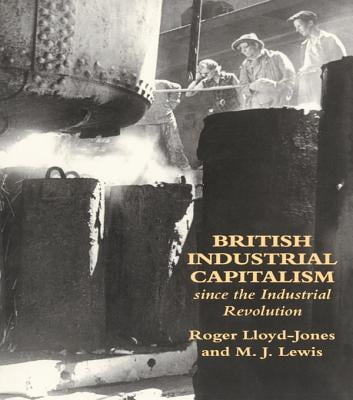
Genocide since 1945 aims to help the reader understand how, when, where and why this crime has been committed since 1945, why it has proven so difficult to halt or prevent its recurrence, and what now might be done about it. Tracing the history of genocide since 1945, and looking at a number of cases across continents and decades, this book discusses a range of critical and inter-connected issues such as: why this crime is different, why exactly it is said to be the crime of crimes how each genocide involves a deadly triangle of perpetrators (with their collaborators), victims and bystanders but also rescuers the different stages that genocides go through, from conception to denial the different explanations that have been put forward for why genocide takes place and the question of humanitarian intervention. Millions of people have been murdered by sovereign nation states, confident in their ability to act with impunity within their own borders.

Since then, however, genocide has recurred repeatedly.

The international community was now obligated to prevent or halt what had hitherto, in Winston Churchill's words, been a crime without a name, and to punish the perpetrators.

In 1948 the United Nations passed the Genocide Convention.


 0 kommentar(er)
0 kommentar(er)
